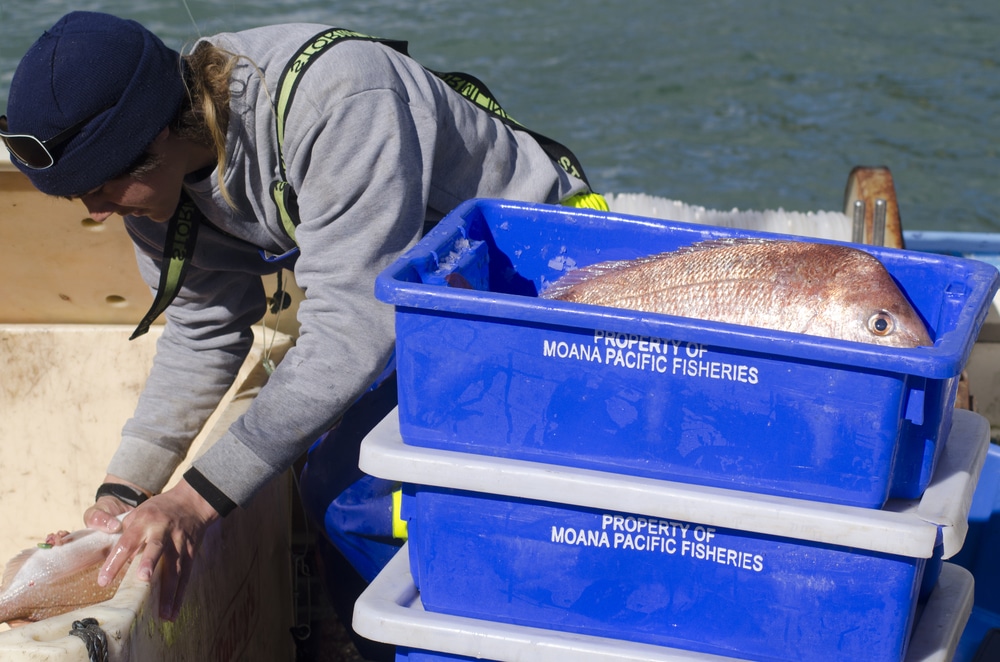Fish with mushy milk-colored flesh have been appearing along New Zealand’s north-east coast. The cause is still unknown and anglers are becoming increasingly wary about the risks of eating such fish. The mysterious malady was first identified in August, and reports have steadily been increasing ever since.
“This summer is the worst recreational fishers, and our Kai Ika Project filleters have ever seen,” Trish Rea, a fisher and analyst for the non-profit marine restoration group LegaSea, told Newsweek. “On some fishing charter boats there are more fish with milky flesh than without.”
The milky fish have been spotted throughout the Hauraki Gulf Marine Park, which spans 1.2 million hectares off the coast of New Zealand’s North Island. LegaSea has a special insight into the problem thanks to the work of its partner organization, the Kai Ika Project, which works to filet fish for recreational fishers in the marine park to preserve unwanted fish parts (such as offal and fish heads) and give them back to the local community where they are valued.
Milky flesh fish cannot be distinguished from the outside. “You can only tell when you cut into them,” Rea said. “But the Kai Ika Project filleters don’t see it in fat, well-conditioned fish. If it’s a skinny fish it’s more likely to be a milky fish.
“It’s most common in snapper because that is the most popular fish brought home to eat by fishers on the northeast coast … but we’re also starting to hear about the condition in other species, including kingfish and tarakihi.”
LegaSea said in a post on Facebook that as well as an increase in milky fish reports, they have recently received a number of inquiries about the safety of eating, or even touching, these animals. It is unclear whether these milky fish pose a threat to humans, but test results are currently not showing any signs of disease or infection. “The government is saying it’s safe to eat,” Rea said. “We haven’t heard anyone getting sick from milky fish, but it’s not desirable.” (SOURCE)

















